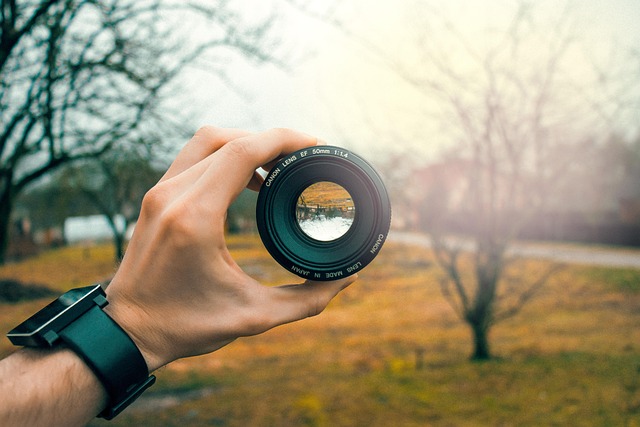From Manual Mode to Consistent Results: A Structured Learning Path
A practical guide for photographers who want to move beyond automatic settings and produce consistent images. This overview outlines a step-by-step learning path that covers composition, exposure, lighting, camera and lens choices, editing, workflow and location-based considerations.

Mastering manual mode requires more than technical memorization; it benefits from a structured learning path that builds skill progressively. Start by understanding how composition, exposure, and lighting interact to create an image, then layer gear familiarity—camera and lens choices—with focus, technique, and practical shooting in portrait and landscape situations. Finally, integrate editing, retouching, and colorgrading into a repeatable postproduction workflow so that what you shoot is reproducible across locations and conditions.
Composition: Why framing matters
Effective composition is the foundation of consistent results. Learn how elements like rule of thirds, leading lines, negative space, and subject placement influence viewer attention. Practice composing for both portrait and landscape orientations, considering how the camera angle and lens focal length change perceived depth and scale. Regularly review images to identify recurring framing strengths and weaknesses, and develop simple, repeatable composition habits that you can apply on location and in varied lighting.
Exposure: Balancing shutter, aperture, ISO
Exposure control is central when shooting in manual mode. Work through the relationships between aperture, shutter speed, and ISO: aperture controls depth of field, shutter speed affects motion rendering, and ISO influences noise. Use controlled exercises—freeze motion, blur motion, and shallow depth of field—to internalize settings. Learn exposure metering and histograms to verify results in-camera so decisions become predictable rather than guessed, supporting consistent output across portrait sessions and landscape shoots.
Lighting: Working with natural and artificial light
Lighting determines mood and clarity. Study how directional light, diffused light, and mixed light sources affect contrast and color. Practice with natural light at different times of day and with modifiers like reflectors and diffusers; experiment with continuous and flash lighting for studio-style portrait work. Observing light quality and modifying it to fit your intent is a core technique that supports repeatable results and reduces surprises when shooting on location.
Camera and lens: Choosing gear for the shoot
Understanding your camera and lens options helps translate creative intent into reliable images. Learn how sensor size, dynamic range, and autofocus systems interact with lens choices—wide-angle, standard, and telephoto—to shape composition and perspective. Match lens selection to subject and location needs: wider lenses for landscapes, medium telephotos for environmental portraits. Gear familiarity reduces setup time and improves consistency in varied shooting conditions.
Focus and technique: Sharpening your approach
Developing steady technique ensures consistently sharp images. Practice autofocus modes, back-button focus, and manual focus methods to handle static and moving subjects. Pair focus strategies with supporting techniques: stable stance, tripod use, proper handholding, and lens calibration where needed. Combine these with deliberate camera settings—aperture for depth of field, shutter for motion control—to create a reliable shooting routine across different locations and subject types.
Editing and postproduction: Retouching and colorgrading
A consistent postproduction workflow ties shooting decisions to final results. Establish a basic pipeline that includes selecting, organizing, basic exposure and color corrections, targeted retouching, and colorgrading. Learn nondestructive editing practices and preset management so similar images can be processed consistently. Efficient file handling and export settings complete the workflow, ensuring your output remains predictable whether preparing images for web, print, or client review.
A structured path from manual mode to consistent results blends practice with systems: deliberate composition studies, exposure drills, lighting experiments, gear familiarity, focus and technique refinement, and a repeatable editing and postproduction workflow. Practicing across portrait and landscape contexts, and on varied locations, develops intuition and habit. Over time, those habits become the predictable processes that produce reliable, repeatable images without relying on chance or trial-and-error.






